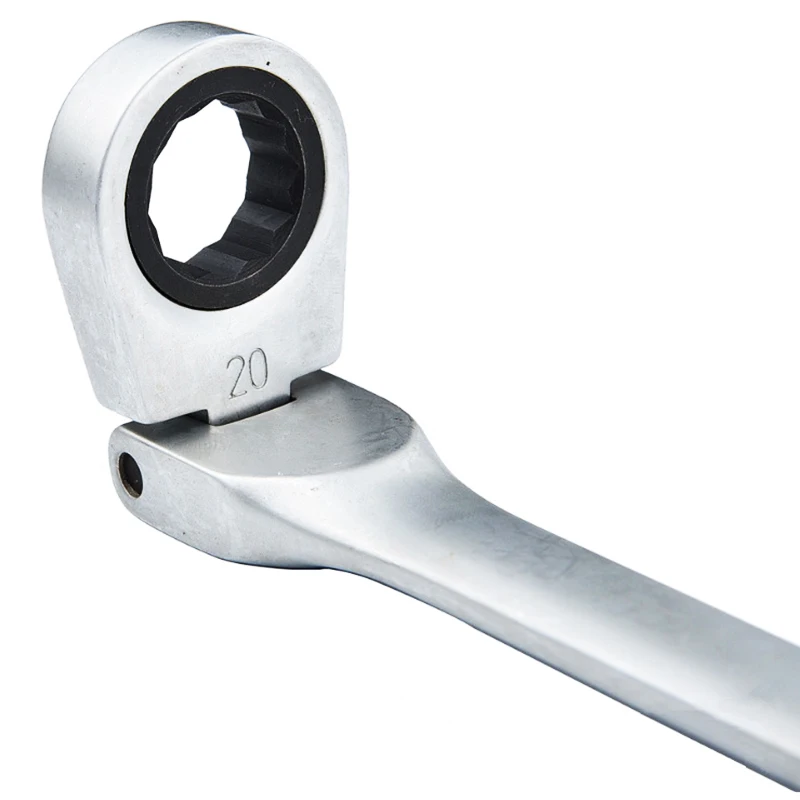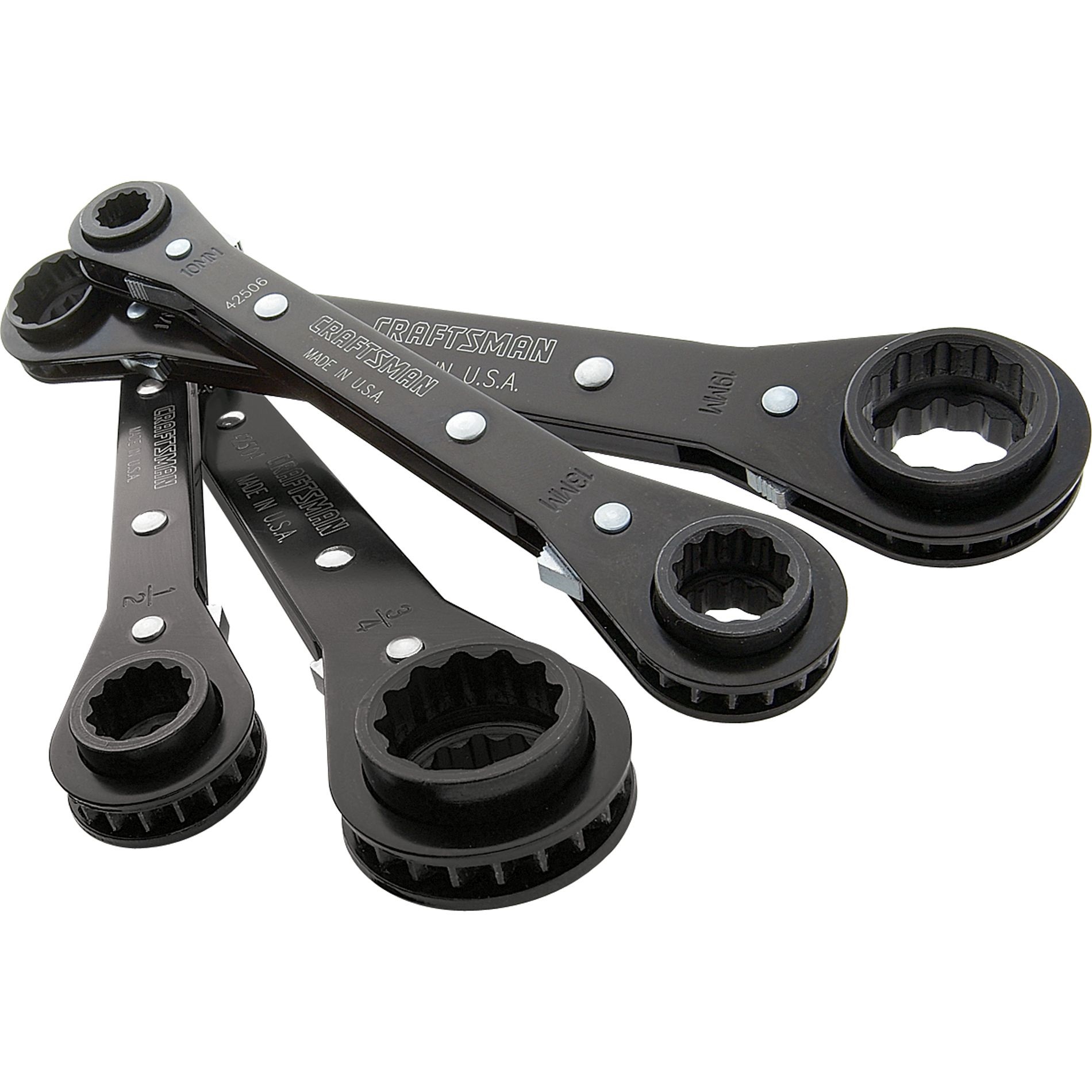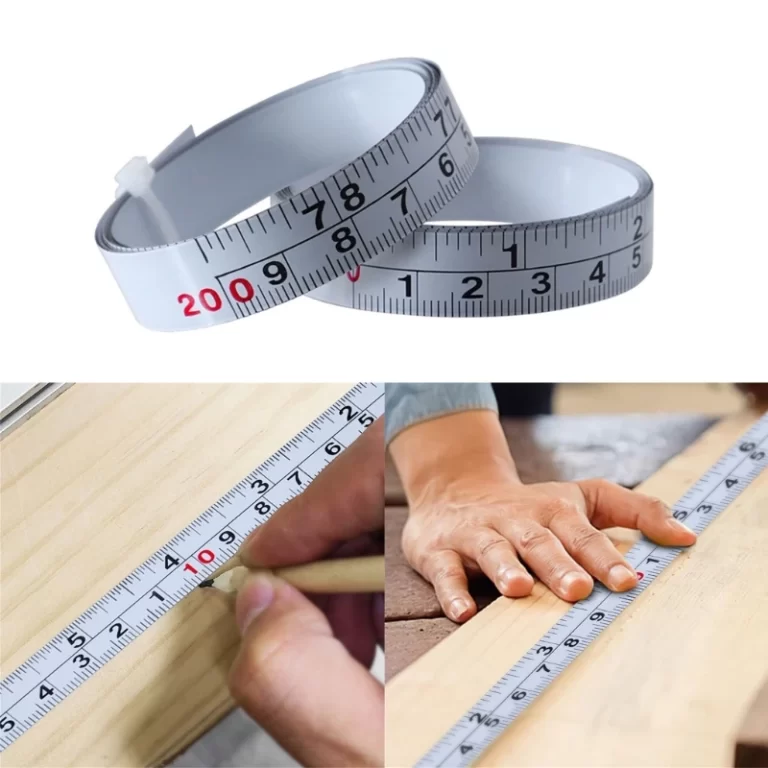
Revolutionizing DIY: The Ratchet Wrench Evolution
The Origins of the Ratcheting Wrenches
The ratchet wrench has a storied past, tracing its origins back to the industrial revolution. Initially, it served as a tool for machine parts assembly. Skilled workers used early versions to tighten bolts and nuts with efficiency. In essence, the ratchet wrench began as a solution to time-consuming manual labor. Over time, it evolved to meet the needs of various industries.

The key to its design lies in the ratcheting mechanism. This allows the wrench to turn a fastener in one direction without repositioning the tool. The ratchet wrench gained favor for its ability to work in tight spaces. Its convenience and time-saving features made it a staple in toolboxes around the world.
The earliest patent for a ratchet wrench dates back to the 1860s. J.J. Richardson was one of the pioneers, credited with inventing an early ratchet wrench model. This model had a simple yet effective design that revolutionized manual work. Inventors continuously refined the design, making the ratchet wrench more versatile and durable.
From its humble beginnings, the ratchet wrench became an indispensable part of the mechanical world. It bridged the gap between traditional wrenches and the need for quicker, more efficient tools. Its history is a testament to human ingenuity in maximizing productivity through tool innovation.
How Ratcheting Wrenches Work
The ratchet wrench is a powerful tool with a simple operation. It consists of a handle, a gear (or ratcheting mechanism), and a socket that fits onto nuts or bolts. The magic lies in the ratcheting mechanism which lets the wrench turn the fastener in one direction while moving freely in the opposite. This means you can tighten or loosen without removing and repositioning the tool after every turn.
When you turn the ratchet wrench clockwise, the gear engages and the fastener turns. If you swing it back counterclockwise, the mechanism slips and the handle moves while the socket stays in place. This ratchet action speeds up work, especially in tight spaces.
Most ratchet wrenches have a switch that lets you change the direction of the ratchet. You can easily alternate between tightening and loosening. They also often feature a quick-release button for swapping sockets fast.
Through these details, ratchet wrenches show their ingenuity. Their design transforms difficult tasks into more manageable DIY jobs. The ratchet wrench has become essential for anyone needing efficiency and precision in their tool repertoire.
Types of Ratcheting Wrenches and Their Uses
Ratchet wrenches come in various shapes and sizes, each with specific uses. The most common types include the fixed ratchet wrench, the flex-head ratchet wrench, the offset ratchet wrench, and the stubby ratchet wrench.
Fixed Ratchet Wrench
The fixed ratchet wrench is the classic design, with a rigid body and a ratcheting mechanism at one end. It’s ideal for tasks where space isn’t limited, and you need a reliable tool for tightening or loosening bolts.
Flex-Head Ratchet Wrench
Flex-head ratchet wrenches have a pivoting head that can be angled to reach fasteners in tight spots. This type is perfect for automotive work where bolts may be not easily accessible.
Offset Ratchet Wrench
Offset ratchet wrenches have a set of gears offset from the handle, allowing you to avoid obstacles. They are great for working on engines or machinery, where obstructions are common.
Stubby Ratchet Wrench
Stubby ratchet wrenches are shorter in length, which makes them excellent for working in very confined spaces. Despite their smaller size, they are just as effective as their full-sized counterparts.
By selecting the right type of ratchet wrench, DIY enthusiasts can tackle a wide range of projects with ease. Each style has a unique advantage, ensuring that there’s a tool for every situation. Understanding these differences is crucial in choosing the correct ratchet wrench for your project.
Advancements in Ratcheting Wrenches Design
The design of the ratchet wrench has seen significant improvements over the years. Innovators have refined its functionality to enhance the DIY experience. These advancements focus on ergonomics, efficiency, and versatility.
Ergonomic Enhancements
Modern ratchet wrenches boast ergonomic handles. These provide a comfortable grip, reducing hand fatigue during extended use. Molded grips with non-slip materials ensure a secure hold for precision work.
Efficiency Improvements
To increase efficiency, ratchet wrenches now come with finer gear teeth. This allows for a smaller swing arc, enabling work in even tighter spaces. The dual-pawl mechanisms in some models offer stronger and smoother ratcheting action.
Versatility Upgrades
Interchangeable sockets have become a standard feature. This adds versatility, letting one wrench work with various fastener sizes. Some ratchet wrenches include a flexible head that tilts up to 180 degrees, further expanding their range of use.
With these advancements, the ratchet wrench continues to evolve. It remains a favorite for both DIY enthusiasts and professionals. The focus on user comfort, operational efficiency, and adaptability ensures it will stay relevant in any toolkit.
 The Impact of Material Sciences on Ratcheting Wrenches Durability
The Impact of Material Sciences on Ratcheting Wrenches Durability
The durability of ratchet wrenches has vastly improved, thanks to advancements in material sciences. Ratchet wrenches can now withstand heavy use and harsh conditions. These are some of the key enhancements in the materials used for making ratchet wrenches:
- High-Strength Alloys: Manufacturers now use alloys that combine iron, carbon, and other elements. These materials enhance the strength and longevity of ratchet wrenches.
- Corrosion Resistance: Modern ratchet wrenches often boast a chrome or nickel finish. Such coatings protect them from rust and corrosion.
- Thermal Treatments: Heat treatment processes have been refined. They strengthen the metal, allowing the wrench to endure high torque without bending or breaking.
- Lightweight Designs: The use of lightweight metals like aluminum has increased. These materials reduce fatigue without compromising durability.
In summary, material sciences have made ratchet wrenches more durable than ever. They now last longer and perform better, even in demanding conditions. As such, DIY enthusiasts and professionals alike can rely on these tools for years to come.
Innovative Features in Modern Ratcheting Wrenches
The modern ratchet wrench is a marvel of innovation. It comes packed with features that cater to both DIY enthusiasts and professional users. Here are some standout features seen in today’s ratchet wrenches:
- Quick-Release Mechanism: Many ratchet wrenches now include a quick-release button. It allows for rapid socket changes, saving time and effort.
- Reversible Lever: The easy-to-use switch makes changing direction a breeze. It allows for seamless transitions between tightening and loosening.
- 72-Tooth Gear System: A higher tooth count offers a finer ratcheting action. This permits operation with just a 5-degree swing arc, ideal for tight spaces.
- Comfort Grip Handle: A contoured handle with anti-slip material enhances comfort and control. This feature is excellent for long periods of use.
- Flex Head Torque Wrenches: These ratchet wrenches have a head that flexes up to 180 degrees. It helps to reach tough spots with ease.
- LED Lights: Some high-end models come with built-in LEDs. This illuminates the work area, facilitating use in low-light conditions.
- Push-Button Adjustment: Ratchets with a push-button adjustment let you set the desired torque level easily. This is especially useful for precision tasks.
- Compact Designs: Slimmer profiles and stubby options offer better access to confined areas. They don’t sacrifice the tool’s power or functionality.
These features represent the continuous evolution of the ratchet wrench. As the needs of users grow, so does the capability of these indispensable tools.
 Choosing the Right Ratcheting Wrenches for Your DIY Projects
Choosing the Right Ratcheting Wrenches for Your DIY Projects
Selecting the appropriate ratchet wrench for your DIY projects can be a game-changer. With a range of types and features, the perfect wrench can boost your efficiency. Here’s how to choose the right one:
- Consider the Project Size: Larger projects may require a wrench with a longer handle for additional torque, while smaller projects might benefit from a stubby ratchet wrench for working in tight spaces.
- Assess the Space: Tight spots call for a flex-head ratchet wrench, as it can angle into difficult areas. Open spaces might not need this versatility.
- Examine the Fastener: Make sure the ratchet wrench you choose is compatible with the size of the nuts and bolts in your project. Interchangeable sockets can be a valuable feature in this regard.
- Think about Frequency of Use: If you’re using the wrench frequently, opt for one with an ergonomic handle to minimize hand fatigue. Also, a quick-release mechanism can speed up socket changes.
- Durability Matters: For long-term or heavy-duty projects, choose a ratchet wrench made of high-strength alloy. This will ensure your tool lasts longer and withstands the constant use.
- Gear Teeth: A higher count of gear teeth will give you a finer ratcheting action, which is critical in tighter spaces. A 72-tooth gear system might be ideal for such conditions.
- Budget: Define how much you are willing to invest in a ratchet wrench. While it is wise to not compromise on quality, there are reliable options available at various price points.
By assessing these aspects, you can make an informed decision on which ratchet wrench suits your projects best. Keep the keywords ‘ratchet wrench’ and your specific needs in mind when shopping for the ideal tool.
The Future of Ratcheting Wrenches in DIY and Professional Use
The ratchet wrench is on a path of continuous innovation. Its future seems brighter than ever, with DIYers and professionals awaiting its next evolution. Here’s what to expect in the coming years:
- Smart Technology Integration: We might see ratchet wrenches that connect to mobile apps. These would track your work, advise on torque settings, and more.
- Enhanced Durability: New materials and coatings will likely extend wrench lifespans even further. Wrenches could become more resistant to wear and environmental factors.
- Improved Ergonomics: Designers will continue to focus on user comfort. We can anticipate more refined grips and lightweight designs for easier handling.
- Increased Versatility: As tasks become more complex, ratchet wrenches may come with adjustable angles and lengths. This will cater to a wide array of situations without needing multiple tools.
- Eco-Friendly Materials: A push for sustainability could lead to the use of recycled or biodegradable components.
Predicting the exact future of ratchet wrenches in DIY and professional use is not easy. However, one thing is certain – innovation will not stop. The ratchet wrench, a staple in toolkits, will evolve with the times. It will continue to provide solutions for efficiency, precision, and ease of use in fastening tasks.
 Real-Life Applications and Success Stories
Real-Life Applications and Success Stories
Many users have experienced significant improvements in their work efficiency and results by incorporating ratchet wrenches into their toolkits. These success stories highlight the practical benefits and versatility of ratchet wrenches.
Automotive Repair Professionals
Professional mechanics have consistently praised ratchet wrenches for their ability to speed up the repair process while maintaining precision. By using high-quality ratchet wrenches, mechanics can perform tasks such as oil changes, brake repairs, and engine diagnostics more efficiently, leading to higher productivity and customer satisfaction.
DIY Enthusiasts and Homeowners
For DIY enthusiasts and homeowners, ratchet wrenches have revolutionized home improvement projects. From assembling furniture to fixing appliances, these tools provide the necessary leverage and control to tackle a variety of tasks with ease. Users have reported that ratchet wrenches make their projects smoother and more enjoyable, reducing the time and effort required.
Industrial Workers and Technicians
In industrial settings, ratchet wrenches are vital for maintaining and repairing machinery and equipment. Technicians rely on the durability and reliability of these tools to perform critical tasks that keep operations running smoothly. Success stories from industrial workers highlight how ratchet wrenches contribute to efficient maintenance routines and minimal downtime.
Bicycle and Motorcycle Maintenance
Cyclists and motorcyclists have found ratchet wrenches indispensable for maintaining their vehicles. Whether it’s adjusting gears, tightening bolts, or performing regular maintenance checks, ratchet wrenches provide the precision and control needed to keep bikes and motorcycles in top condition. Enthusiasts appreciate the ease and efficiency these tools bring to their maintenance routines.
Construction and Heavy Machinery Operators
Construction professionals and heavy machinery operators depend on ratchet wrenches for assembling structures, installing equipment, and performing routine inspections. These tools offer the necessary strength and durability to handle the demanding tasks in construction environments. Success stories from construction workers emphasize how ratchet wrenches enhance their ability to complete projects on time and within budget.
 Conclusion
Conclusion
A ratchet wrench is an indispensable tool that combines versatility, efficiency, and precision, making it a valuable addition to any toolkit. Whether you are a professional mechanic, a DIY enthusiast, or someone engaged in industrial maintenance, a ratchet wrench can significantly improve your work efficiency and results. By understanding the different types, key features, and proper maintenance practices, you can select the perfect ratchet wrench to meet your specific needs and enhance your performance. Embrace the functionality and reliability of a ratchet wrench, and experience the difference it makes in mastering any task with ease and confidence.

